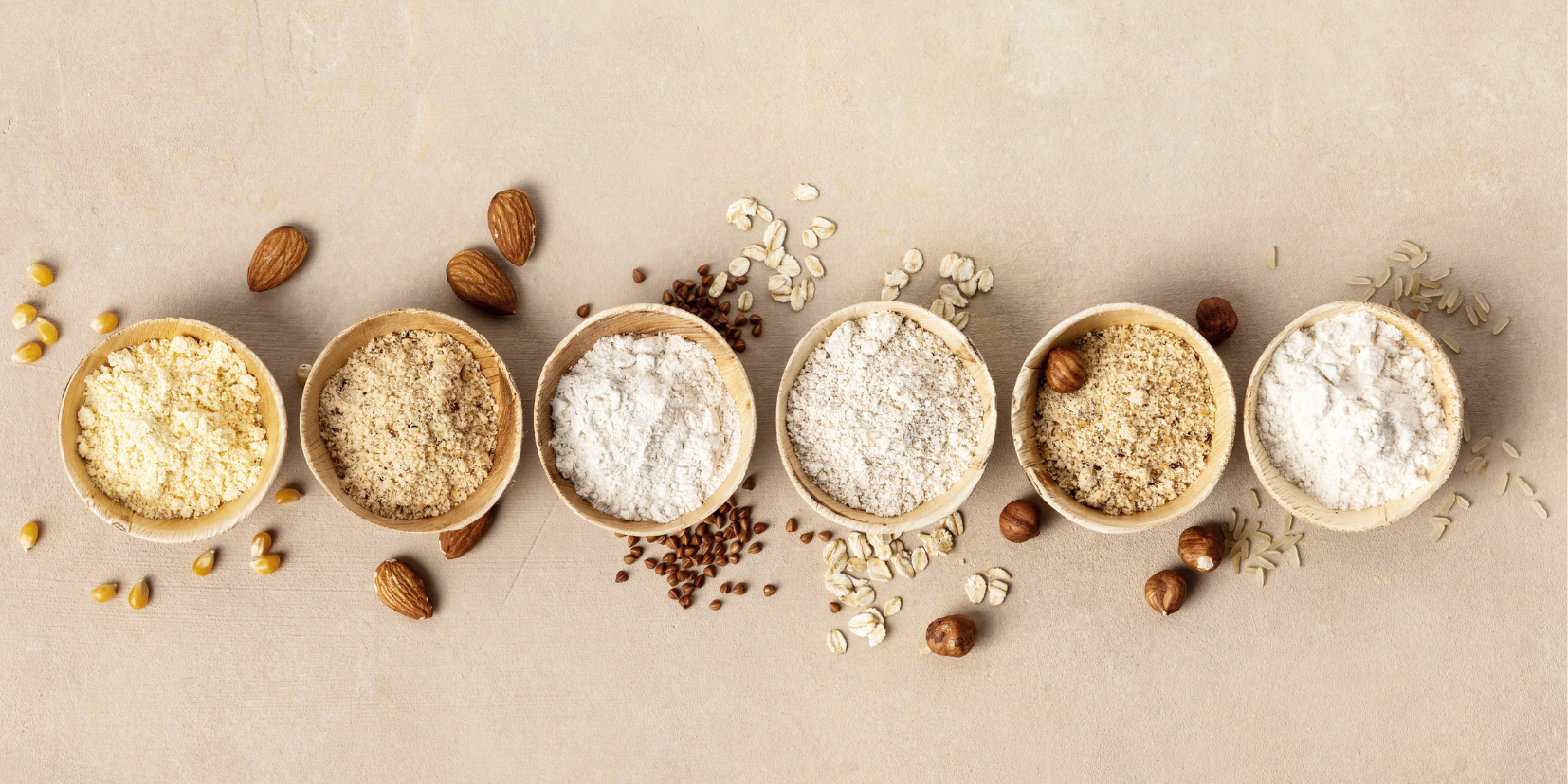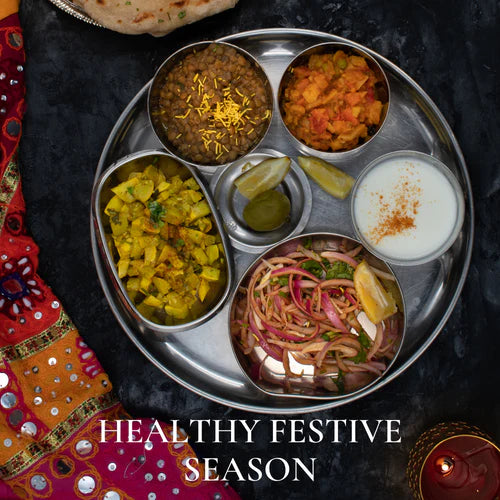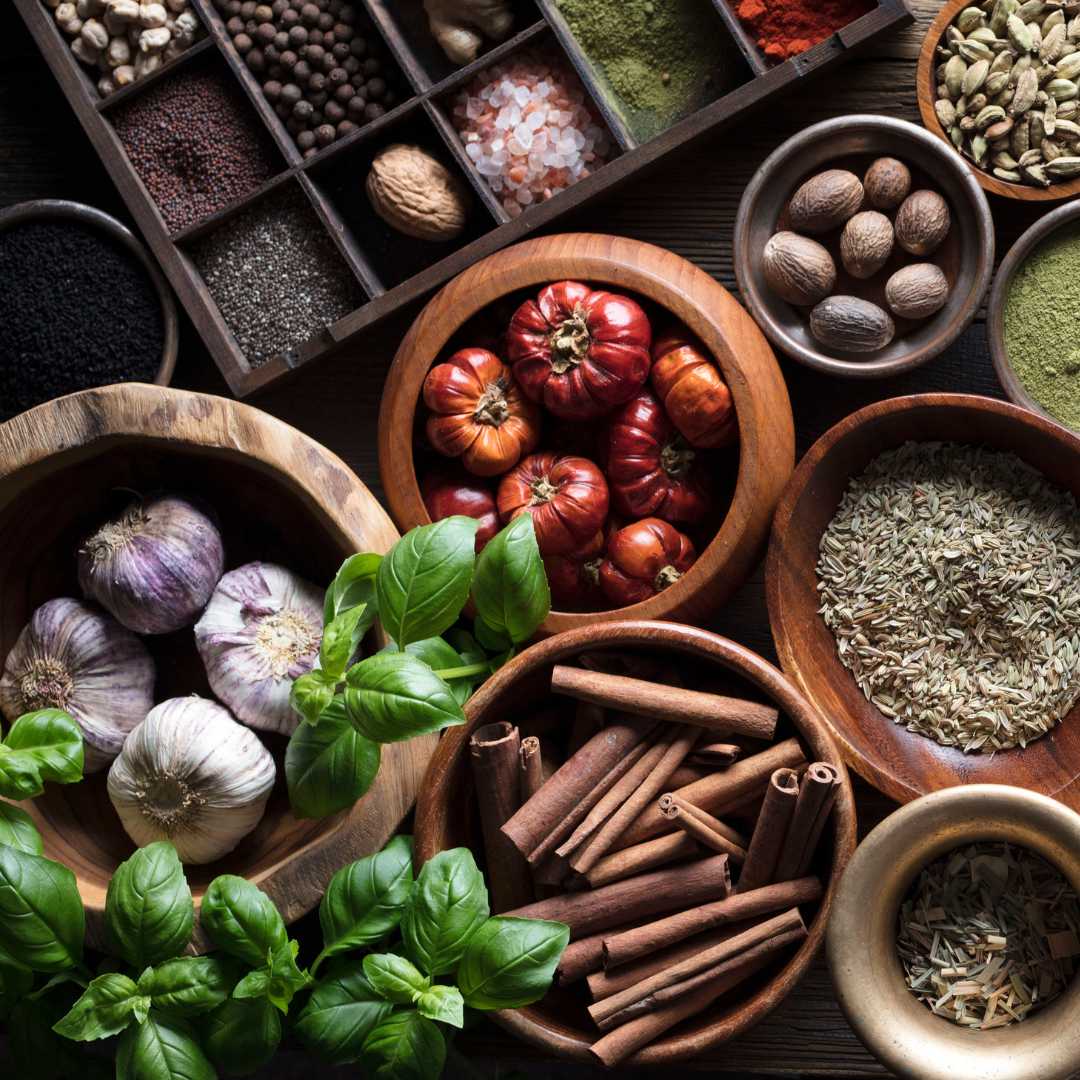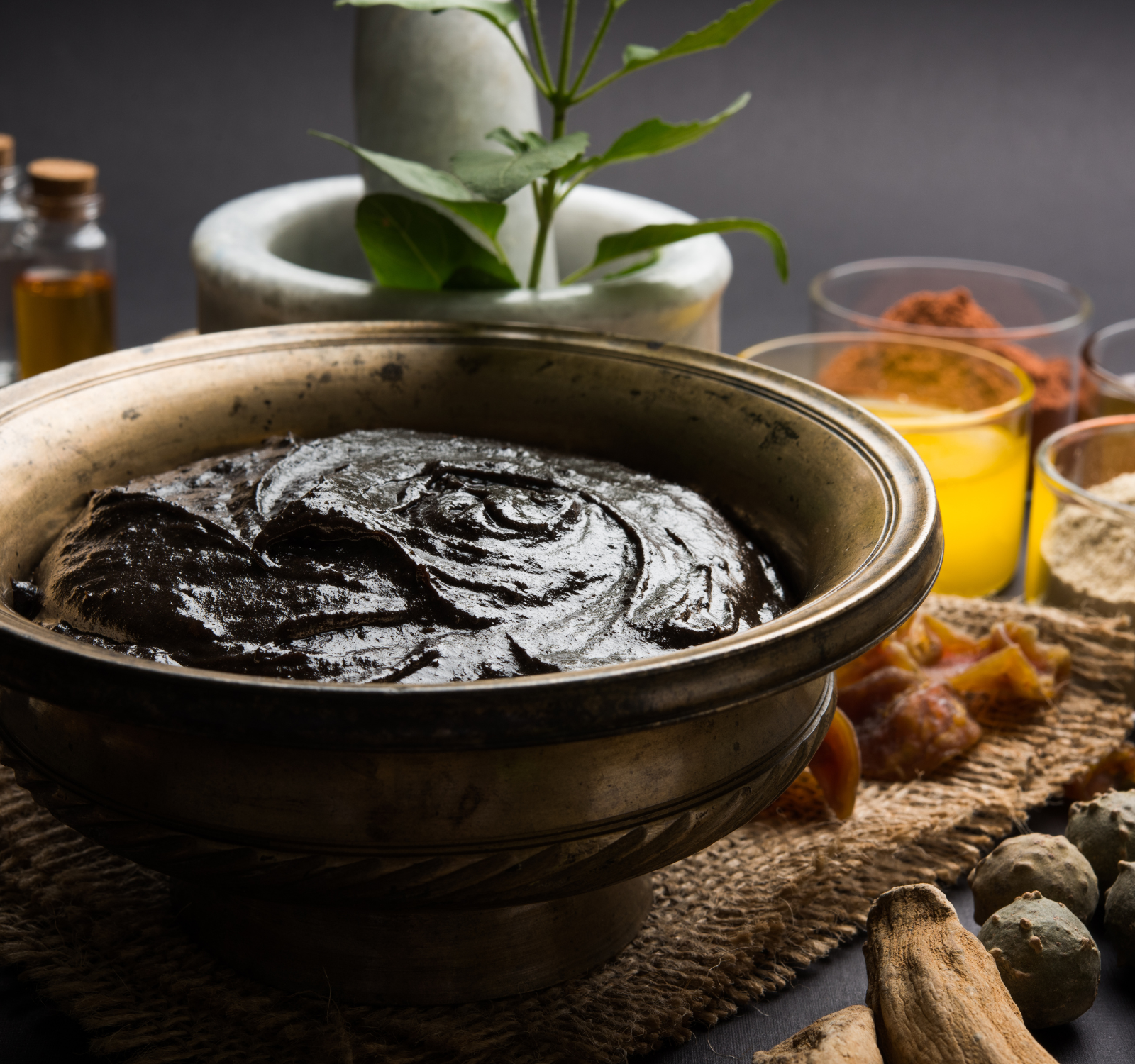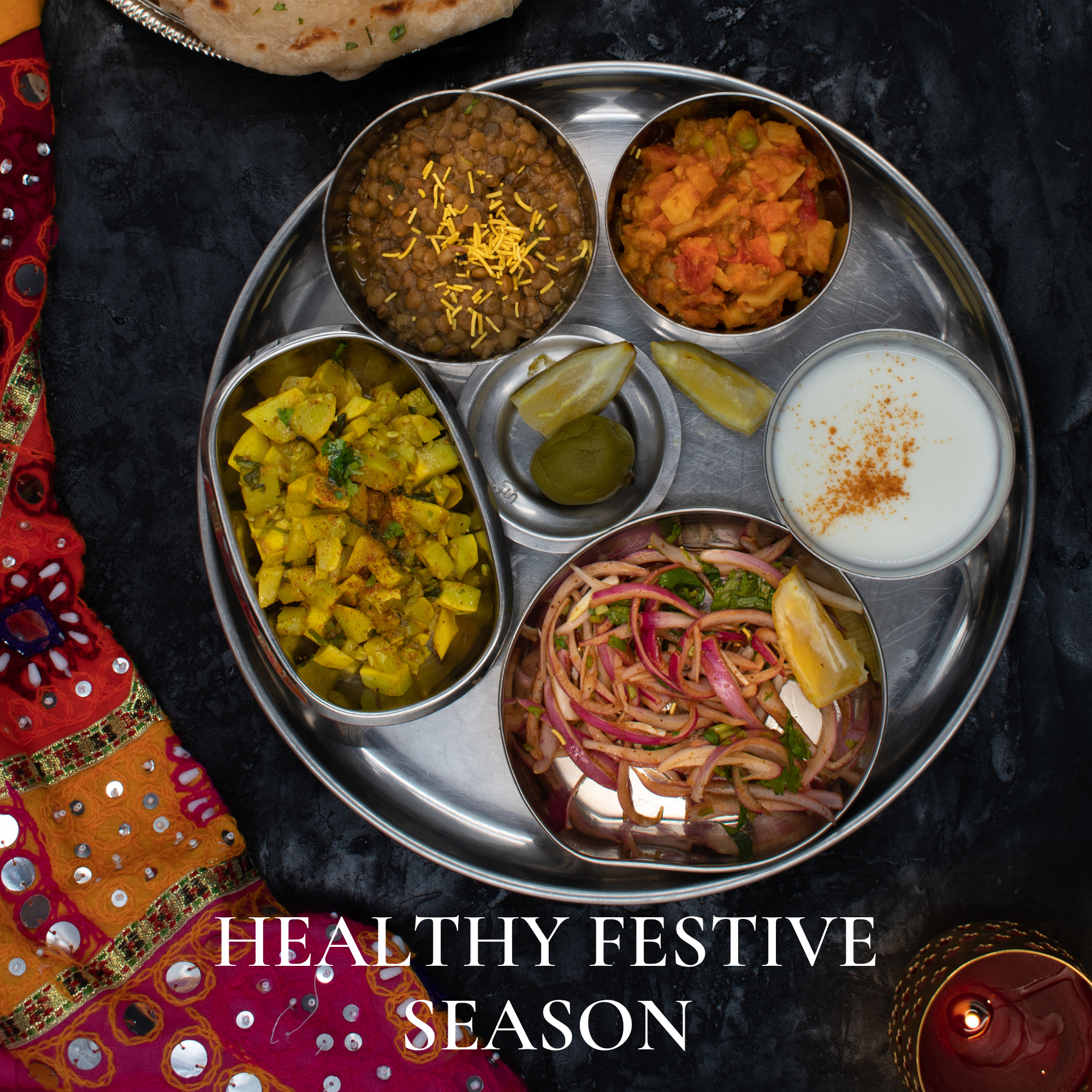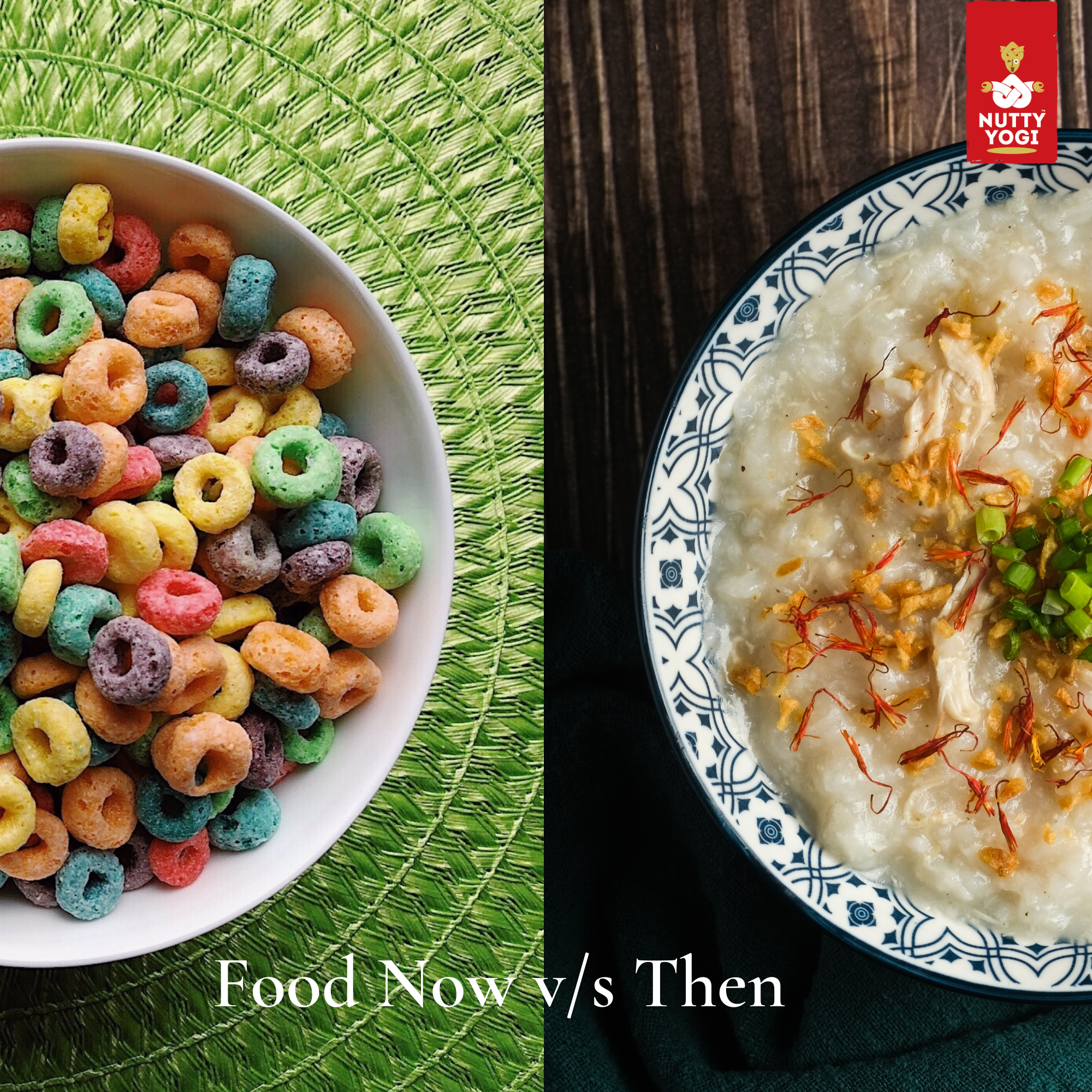Menu
Healthy Snacking
Flours and Flour Blends
Daily Essentials
Superfoods
Trending searches
- Shop By Category
- Shop by Benefits
-
Collections
- Gluten Free
- Diabetic Friendly
- Healthylicious Munchies
- Mom-made Pickles & Chutneys
- Healthy Essentials
- Immunity
- Winters!
- Mood Boosters
- GO KETO!
- Ancient Wisdom Foods
- Super Foods
- Healthy Tummy Happy Wallet
- Go Organic
- Fitness Foods
- Switch To Good
- Don't Give Up Give In!
- Nutritiously Naughty
- Weight Management
- Diet Cheaters
- Blog
- About Us
- Recipes

